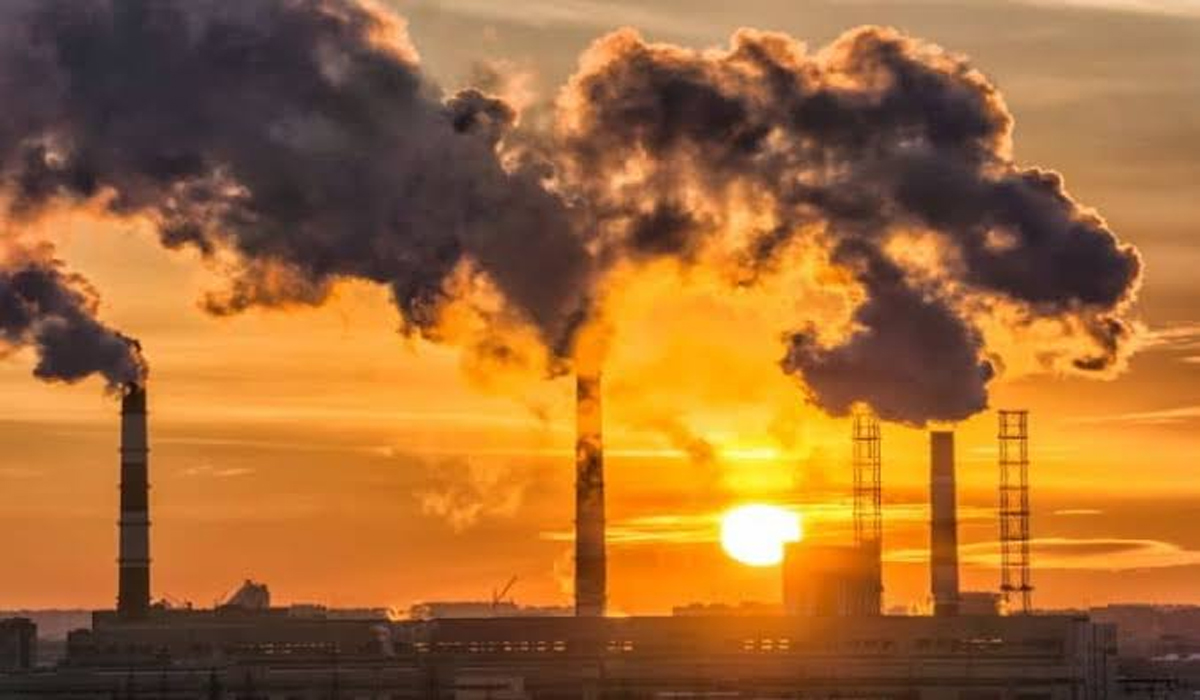
A major study has revealed that longterm exposure to fine particulate air pollution continues to take a devastating toll on India’s public health—contributing to over 1.5 million premature deaths annually. The findings, published recently in The Lancet Planetary Health, remain sharply relevant today as India grapples with persistent air quality challenges despite several mitigation policies launched over the past year.
The research, conducted by an international consortium of scientists from India, the U.S., Sweden, Israel, and Italy, analyzed ten years of data from 2009 to 2019. It is the most comprehensive study yet to link air pollution to mortality across the entire Indian subcontinent. The researchers used a high resolution pollution model covering every 1 km² of the country, allowing them to assess exposure to PM2.5— tiny, inhalable particles less than 2.5 micrometers in diameter—across urban and rural regions alike.
“We found that every 10 microgram per cubic meter increase in PM2.5 concentration led to an 8.6% rise in mortality,” said Dr. Joel Schwartz from Harvard T.H. Chan School of Public Health, one of the study’s co-authors. “The risk was even greater when increases occurred below India’s own safety threshold of 40 µg/m³, which strongly suggests current standards are not protective enough.” According to the study, if India met the World Health Organization’s revised air quality guideline of 5 µg/m³, the country could prevent up to 1.5 million deaths annually. This estimate, researchers warn, remains just as pressing today in 2025 as it did when the data was compiled.
Dr. Petter Ljungman of the Karolinska Institute in Sweden, another co-author, emphasized that reforms are urgently needed. “This is not just a Delhi problem. The whole nation is affected, and much more ambitious action is required—especially in regions where pollution is now chronic,” he said. India’s struggle with PM2.5 levels has persisted into 2025, with recent satellite and ground-based measurements still showing average annual concentrations well above both national and international safety limits. In some northern states, including parts of Uttar Pradesh, Punjab, and Haryana, PM2.5 concentrations have again exceeded 100 µg/m³ this year, putting millions at heightened risk of respiratory and cardiovascular diseases.
While national campaigns such as the National Clean Air Programme (NCAP) have aimed to reduce emissions through better urban planning and stricter vehicle and industry norms, experts say enforcement and rural pollution sources—like biomass cooking and seasonal crop burning—remain largely unaddressed. “Coal-fired plants still lack modern emission controls, and post-harvest stubble burning continues in large swaths of northern India,” noted Dr. Schwartz. “Until these are tackled at scale, we won’t see a meaningful drop in pollution-related mortality.”
The researchers argue that addressing air pollution is not just an environmental issue but a public health emergency requiring national coordination and long-term commitment. “Every year lost to polluted air is a failure to protect the most basic human right—clean air to breathe,” said Ljungman. As India heads into another monsoon season, when pollution tends to drop temporarily, the authors stress that policymakers must use the breathing space to implement lasting solutions before air quality worsens again in winter.
